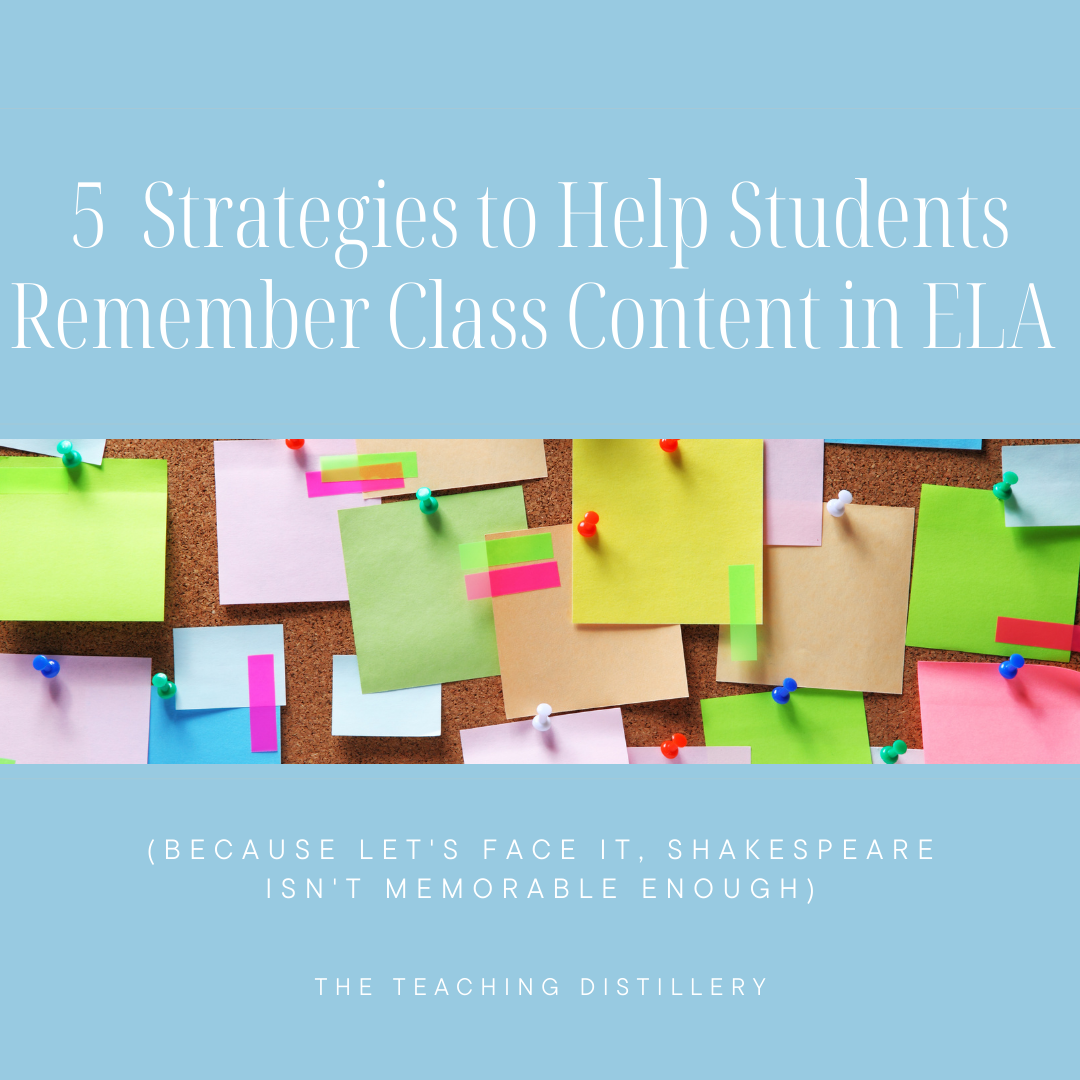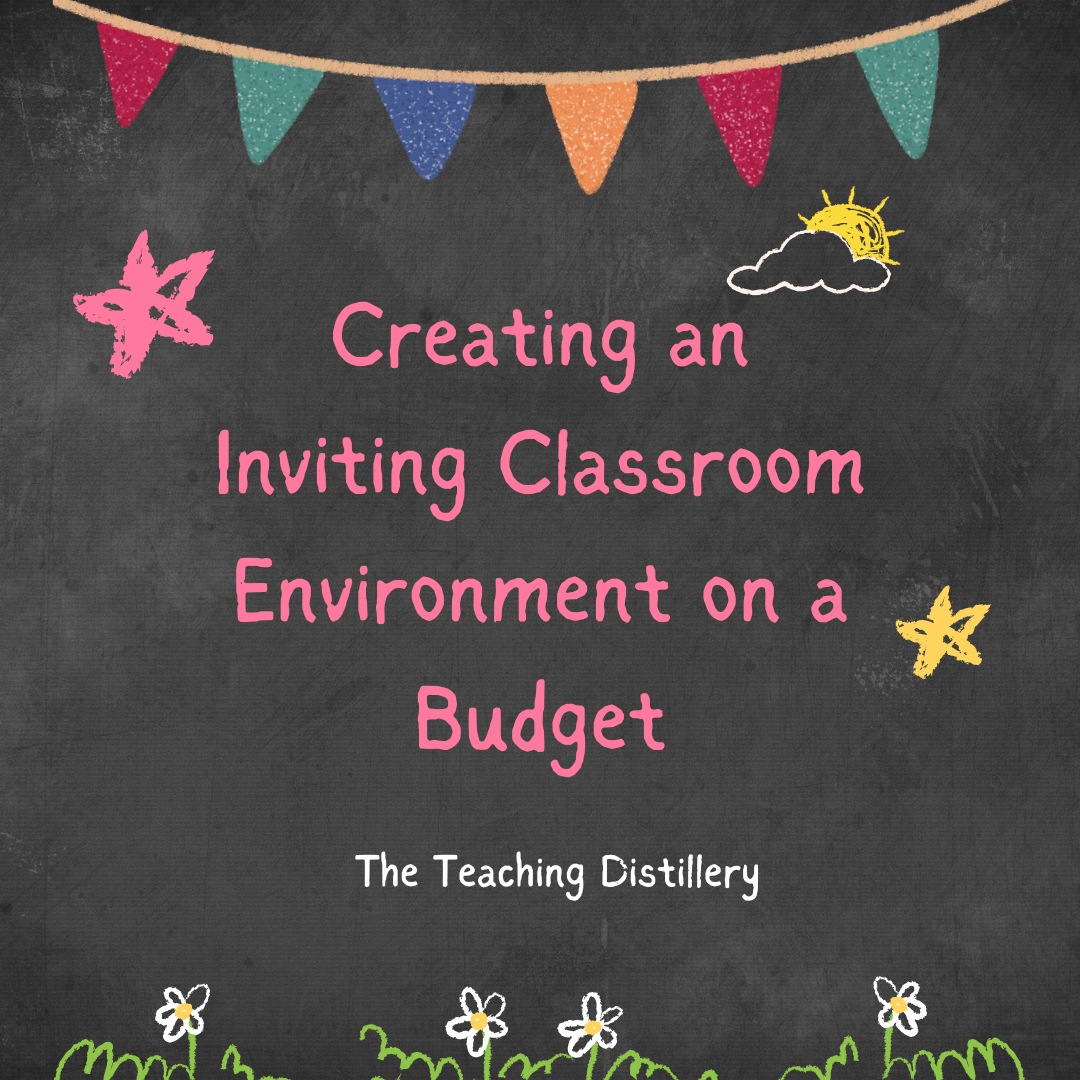There are so many debates now-a-days when it comes to grammar instruction. To explicitly teach grammar concepts or not to explicitly teach grammar concepts? To teach grammar in context or not to teach grammar in context? Some grammar experts even argue that we should just get rid of all the grammatical terminology that we grew up learning, like phrase and clause, and instead just teach sentence structure. This can be found in the post by Edutopia and in the new book, Between the Commas by Martin Brandt. One thing is for sure…we are noticing that each year our students are coming to our classrooms with more and more gaps in their grammar knowledge. This is not the fault of the teachers prior, but the result of such grammar debates and changes in curriculum instruction. We really have no dog in this fight. Our one goal is to make sure that our students leave our classrooms with an understanding of sentence structure and how to organize their paragraphs within an essay.
Read MoreEnglish Language Arts (ELA) classes, where students dive into the fascinating world of literature, can sometimes feel like a never-ending labyrinth of words and characters. Let's be honest, retaining all that information can be as challenging as deciphering Shakespearean sonnets. But fear not! In this delightful blog post, we'll explore five strategies that will help your students remember class content in ELA, because, well, let's face it, Shakespeare isn't memorable enough on his own.
Read MoreWelcome back, fellow educators! As the new school year approaches, it’s time to brush up on those classroom management skills that keep our classrooms running smoothly. Here are my top 10 strategies to ensure a peaceful and productive year:
Read MoreFinding Langston by Lesa Cline-Ransome is a book that we love to teach to our middle school classes. It takes place right after World War II during the Great Migration as Langston and his father move from rural Alabama to the bustling city of Chicago after Langston’s mother passes away. It is a heartfelt story about a boy’s love of his family, books, and poetry.
Read MorePublic education has long been a cornerstone of American democracy, a system designed to give every child a chance, regardless of their zip code. But that cornerstone is cracking under the weight of deliberate policy decisions. Federal funding for public schools has been slashed, leaving schools in underserved areas struggling to meet even basic needs. Programs that support special education, school lunches, and after-school enrichment have been gutted.
Read MoreAre you looking to transform your classroom into a vibrant, engaging, and productive environment? Gamification might be your key. By incorporating game elements into your teaching strategies, you can make learning fun and more effective. Here are some practical tips to help you get started.
Read MoreA well-organized classroom is essential for creating a productive and engaging learning environment. Efficient organization helps reduce clutter, minimizes distractions, and maximizes teaching time. Whether you are a seasoned teacher or new to the profession, these classroom organization hacks will help you create a structured and inviting space for your students.
Read MoreVelocity of Being: Letters to Young Readers is one of the most beautiful books we have ever read, inside and out, and we highly recommend it to every language arts, English, and reading teacher out there.
Read MoreCreating a welcoming and stimulating classroom environment is essential for fostering student engagement and learning. However, the difference between a government-funded classroom and a teacher-funded classroom can be stark. Often, even in well-funded schools, the budget for classroom decor and supplies comes out of the teacher's own pocket. Despite these challenges, with a little creativity and some smart shopping, you can transform your classroom into a vibrant and inviting space that fosters learning and engagement. Here are some budget-friendly tips and ideas to help you create an inviting classroom environment.
Read MoreThis unit of study includes a presentation (Keynote, Powerpoint, and PDF formats) that contains the basic elements of any good lesson: an anticipatory set, direct instruction, guided practice, and a reflection.
Read MoreConstructive feedback is an essential component of effective teaching and learning. It helps students understand their strengths and areas for improvement, guiding them toward academic growth. However, providing meaningful feedback can be challenging. Here are some tips and strategies to help you deliver constructive feedback that truly benefits your students, including the use of technology tools like Pear Deck and giving in-the-moment feedback to improve outcomes.
Read More










